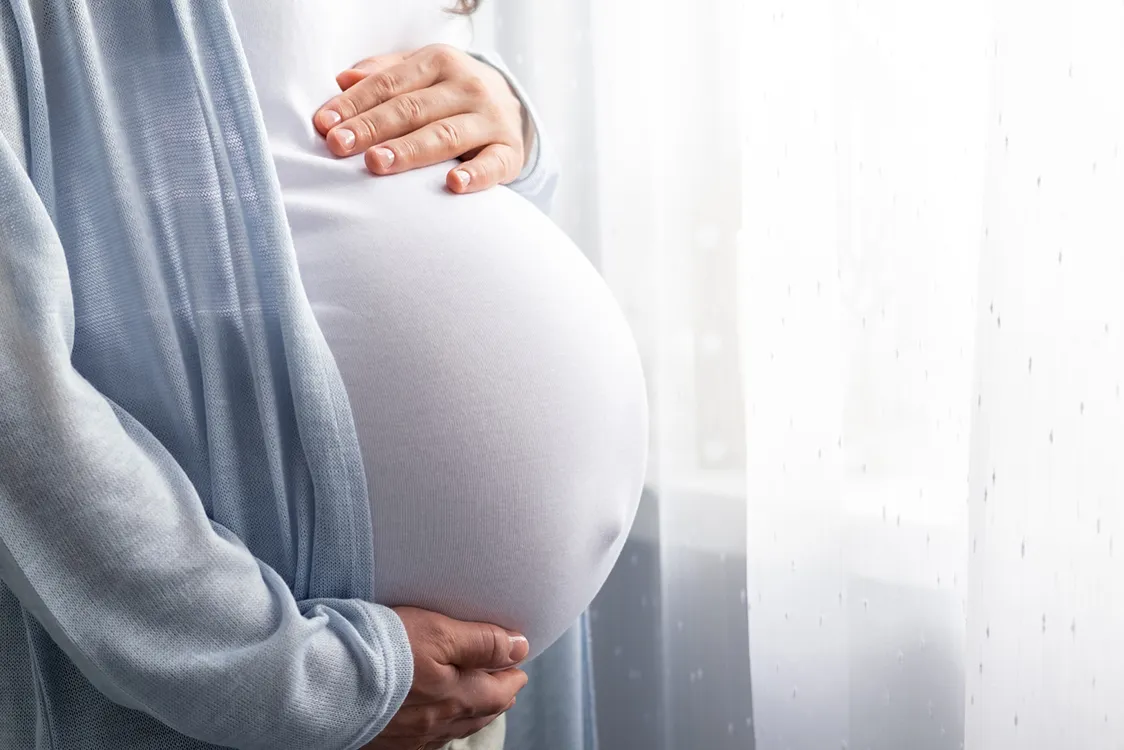The scientists discovered that post-reproductive females have lower calcium, magnesium, and phosphorus concentrations. These alterations are related to lactation as well as childbirth itself. The study’s results were released in the PLOS ONE journal.
New York: A group of anthropologists has found that reproduction permanently alters female bones in ways that were not previously known. Its revelation, supported by primatological research, sheds new light on how childbirth may always change the body.
The study’s results were released in the PLOS ONE journal.
The study’s principal investigator, Paola Cerrito, a doctoral student at NYU’s Department of Anthropology and College of Dentistry, says her findings “provide additional evidence of the profound impact that reproduction has on the female organism, further demonstrating that the skeleton is not a static organ, but a dynamic one that changes with life events.”
Researchers discovered that females who have had children have lower calcium, magnesium, and phosphorus concentrations. These changes are connected to both lactation and giving birth.
However, they warn that while other clinical studies demonstrate the necessity of calcium and phosphorus for optimum bone strength, the new findings do not address the implications for overall health for primates or humans. They claim that the work instead highlights the dynamic nature of our bones.
According to NYU anthropologist Shara Bailey, one of the study’s authors, “a bone is not a static and dead portion of the skeleton.” “It responds to physiological processes and continuously adjusts.”
Timothy Bromage, a professor at the NYU College of Dentistry; Bin Hu, an adjunct professor there; Justin Goldstein, a doctoral student at Texas State University; and Rachel Kalisher, a doctoral student at Brown University, are the other authors of the study, which is published in the journal PLOS ONE.
It is still less clear as to how earlier life-cycle events, like reproduction, can affect the skeletal composition but it has long been known that menopause can affect a woman’s bones. To find a solution, the researchers examined the primary lamellar bone, which makes up most of a mature skeleton. This particular area of the structure is the best part of the body to study because it changes over time and leaves biological markers that enable researchers to track changes for a lifetime.
The growth rate of lamellar bone in the femora, or thigh bones, of male and female primates that had previously resided at the Sabana Seca Field Station in Puerto Rico and perished from natural causes, was examined by researchers. Veterinarians at the field station kept track of and recorded data on the health and reproductive history of these primates, which allowed the researchers to precisely match changes in bone composition to life events.
To determine changes in concentrations of calcium, phosphorus, oxygen, magnesium, and sodium in the primates’ bones, Cerrito and her colleagues used electron microscopy and energy-dispersive X-ray analysis, two widely used techniques to evaluate the chemical composition of tissue samples.
Their findings indicated that some of these elements were present in females who gave birth at different concentrations from males and females who did not. In particular, calcium and phosphorus levels in the bone formed during reproductive events were lower in females who gave birth. The magnesium concentration significantly decreased while these primates were nursing their young.
According to Cerrito, a research fellow at ETH Zurich, “Our research demonstrates that the skeleton responds dynamically to changes in reproductive status even before the cessation of fertility.” Furthermore, these results confirm the acute effects of pregnancy and childbirth on a woman’s body; to put it another way, reproduction is “written in the bones” for the duration of her life.




